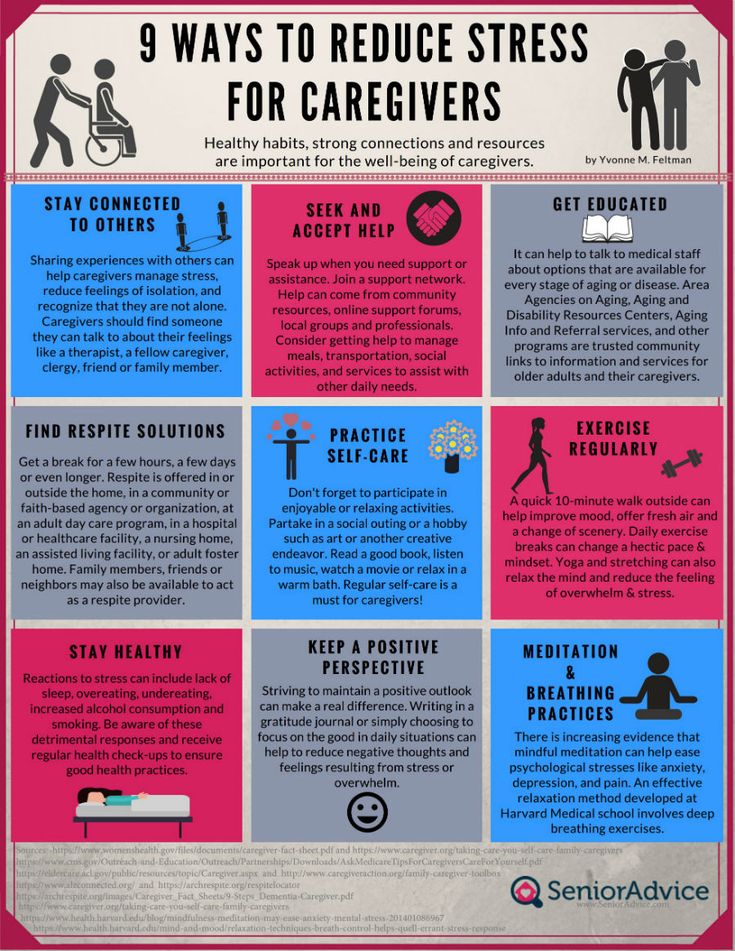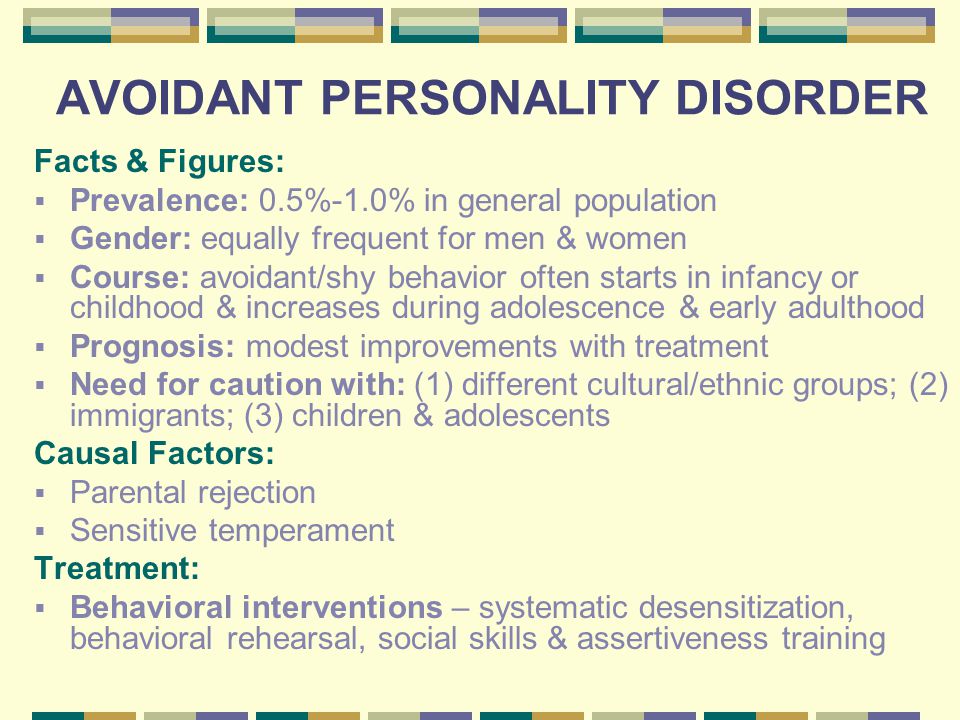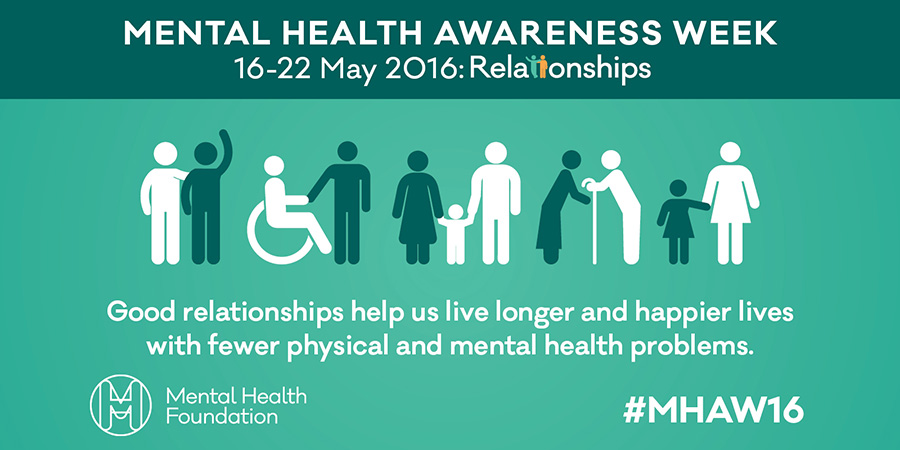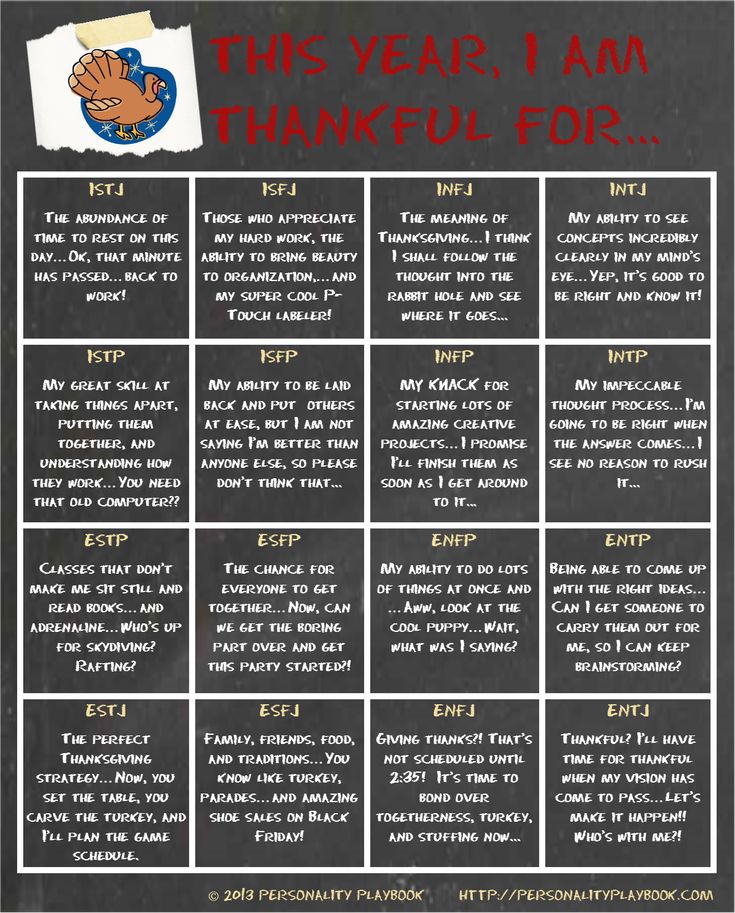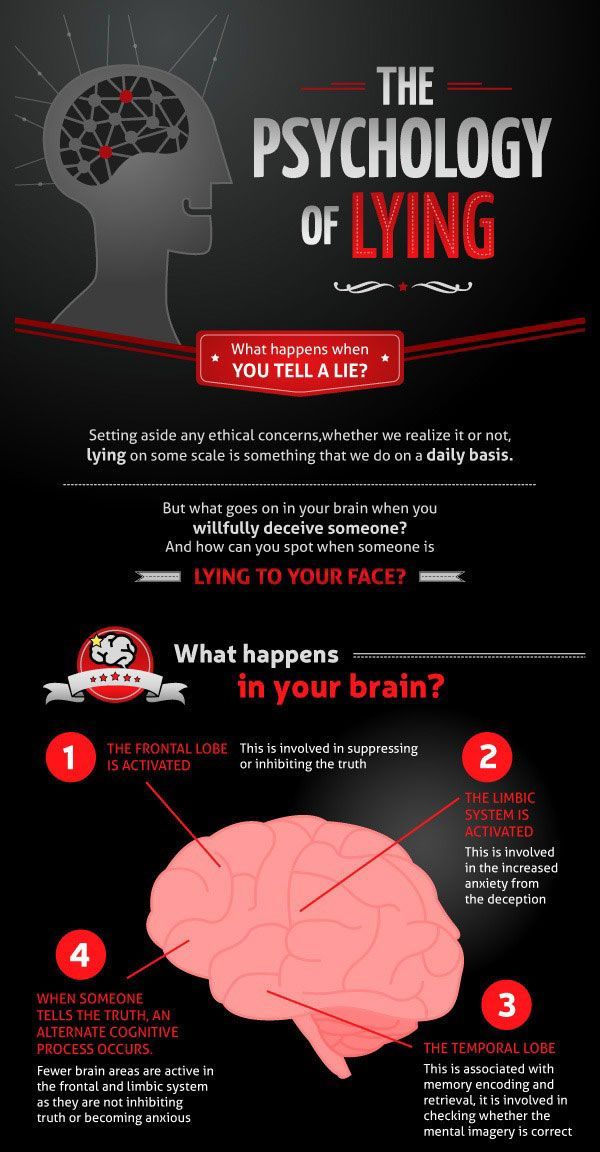Psychology of ads
Psychology in Advertising - Glint Advertising
A basic advertisement involves a lot of strategy and thought, as well as more planning than one may assume. From the color scheme and visuals to the actual words used, each component of an ad is designed to appeal to the consumer in a unique way. Every aspect is specifically designed using basic principles of psychology to generate a desired reaction or response. While there are many potential psychological elements to incorporate, the use of emotions, persuasion and authority, memories, and colors are a few of the more common ones.
Emotions
Advertising often plays to consumers’ emotions. Fear, love, pleasure or vanity can be powerful drivers of consumer desires and response. Each of these emotions can be manipulated and used in a different way to affect behavior:
- Fear is a very powerful emotion and can be a robust motivator. Fear is a primal instinct, and nothing makes people more uncomfortable than fear.
Advertising can use fear tactics to create an uncomfortable position or situation, then provide a solution manifested through a given product or service. One approach where fear is used is “the fear of missing out.” This approach can be identified by phrases such as “one day only,” “limited time only,” “only a few left.” These “calls to action” emphasize that time is critical, and consumers need to act fast or they won’t get to participate. Fear is also commonly used in medical and health advertisements, convincing consumers they need to use the drug or service being offered, or face the ultimate fear of severe medical issues or even death.
- Advertisements utilizing fun and pleasure show consumers having a good time and enjoying themselves, all made possible by a given product or service. The individuals in the ad are having fun, and the consumer is led to believe that they too will have a good time, but only if they purchase the product or service. Fun and pleasure are often used in advertising for beer, theme parks, cigarettes and specific types of automobiles.
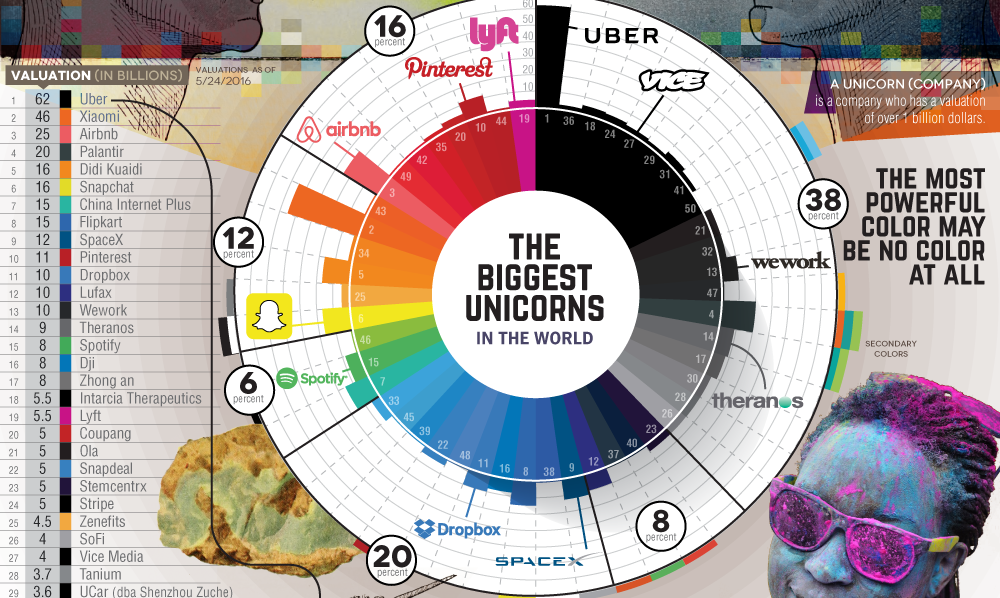
- Ads that feature love target consumers who want to provide for and take care of loved ones. Like fear, love is a very powerful and primal emotion that can drive strong consumer behavior. These ads tap into a core desire to provide only the best for those in our lives we most care about, and the products being advertised are necessary to meet that need. Subjects of these ads are typically families, pets, newborns and mothers, or happy couples. Pampers, Johnson and Johnson, jewelry stores and pet stores are just a few brands and industries that use love.
- Advertisements focused on vanity appeal to the consumer’s sense of well-being, pride, importance and relevance. Themes such as “the latest and greatest,” “you deserve,” new fashion trends and luxury drive this advertising. Society places significant importance on appearance and status, and by leveraging these themes advertising will drive awareness, interest and action for advertised brands. Industries that often use vanity include fashion, personal appearance, luxury goods, cars and more.

Persuasion and Authority
One of the best ways to persuade someone to action is to gain their trust or provide irrefutable logic. Advertising also uses these two basic principles to drive consumer purchase behavior. One of the most common ways advertising uses persuasion is through celebrity endorsement. Many consumers have a big (albeit often irrational) affinity for celebrities and give them implicit trust. Consumers feel they know these celebrities and believe if a product or service is good enough for the celebrity, then it is good enough for them. Celebrities can provide instant credibility for a product or service, often beyond what a “traditional” advertising program can provide.
An additional way persuasion and authority can be used is through irrefutable logic from the power of an authority or even a “trusted” peer. “Experts” in a given field, or representations of a given consumer group, will be cited as a reason a consumer should trust or buy a product.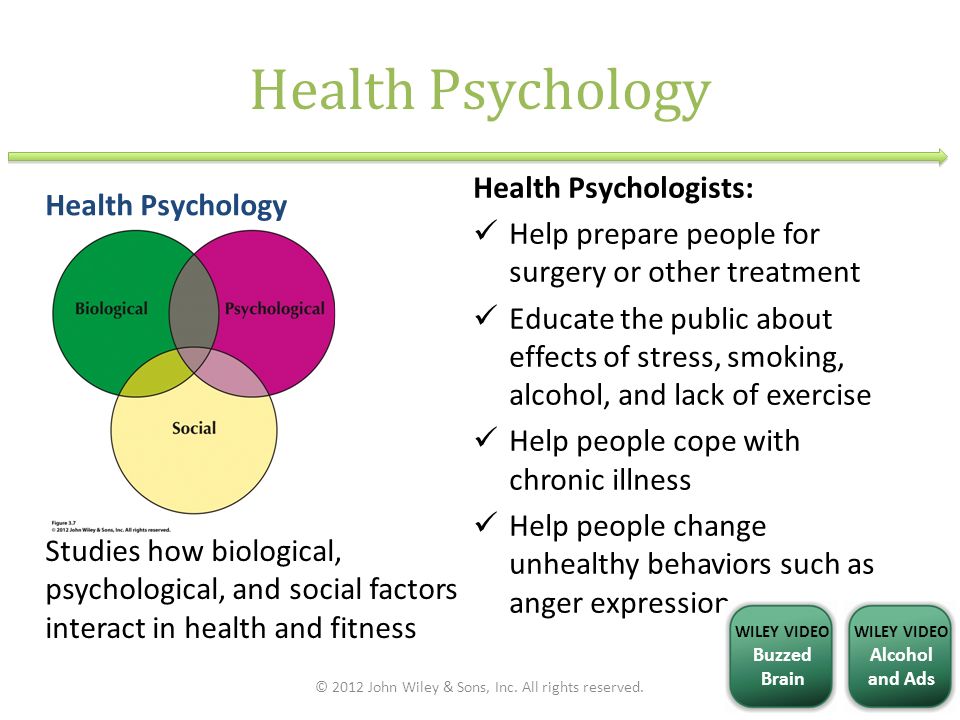 Ads will use phrases like “9-out-of-10 doctors recommend”, “4 out of 5 dentists suggest”, or even “3 out of 4 moms trust” to drive consumer purchase behavior. Through irrefutable logic from an “expert”, consumers will trust the product and brand and increase their purchase intent.
Ads will use phrases like “9-out-of-10 doctors recommend”, “4 out of 5 dentists suggest”, or even “3 out of 4 moms trust” to drive consumer purchase behavior. Through irrefutable logic from an “expert”, consumers will trust the product and brand and increase their purchase intent.
Memories
Psychologists tell us memories change each time they are recalled, and the original story is altered just a little, thus becoming a new reality. Memories are thought to be a strong source of information, which they are, but just not always reflecting the true reality for which the memory is attached. Either way, memories are all we have of the past if we don’t have a recording of actual events. Advertising can leverage this biological gap to create affinity and intent. Every time a consumer recalls an ad it is an opportunity for a brand or product to create a new, happy or positive memory. By engaging in ongoing communications and advertising, companies can capitalize on recency to create and reinforce positive brand and product memories, potentially even crowding out past transgressions.
To illustrate the malleability of memories, Disney conducted an ad test with people who had visited one of their theme parks but did not actively recall meeting a character during the visit. After showing a test-group various commercials of the sites and sounds or the Disney Parks, including meeting Mickey, a staggering 90% of respondents recalled that they either remembered meeting Mickey or were confident that it might have happened.
Color
Colors illicit strong, and sometimes conflicting, emotions. Some evoke passion, mystery, and coldness while others convey happiness, trust or peace. Every color has a different purpose within an advertisement to control the emotion and perception of the ad, and thus the effectiveness in driving a specific reaction or action. Here are some examples of how each color can change the mood of an ad:
- Red: passion, energy, strength, love, power, determination, intensity, anger, excitement.
- Blue: depth, stability, wisdom, trust, confidence, calming.
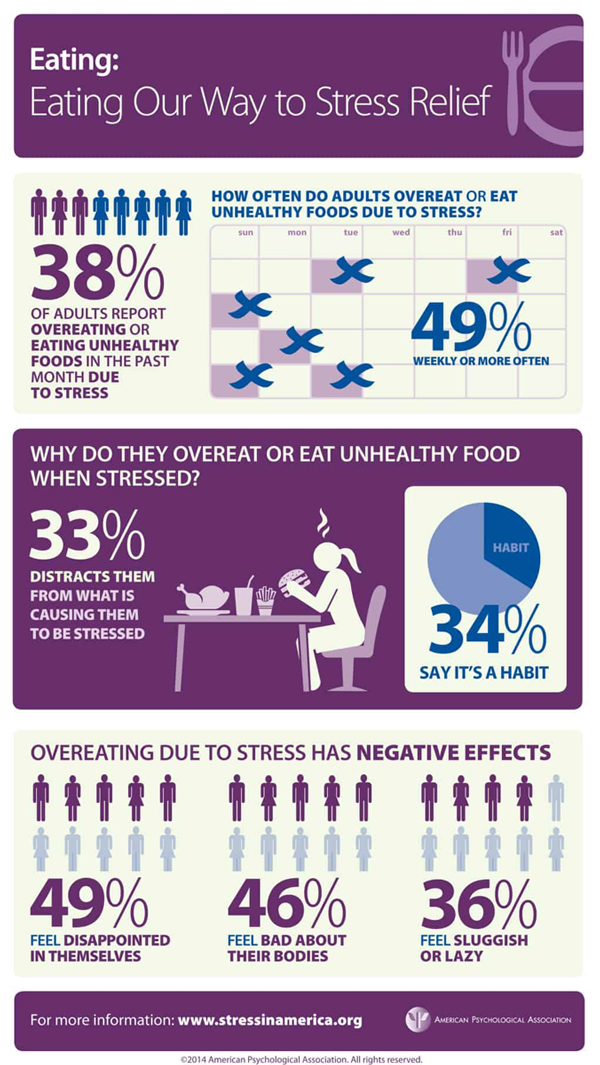
- Blue: depth, stability, wisdom, trust, confidence, calming.
- Yellow: energy, happy, warming, attention, aggravation, joy.
- Purple: wisdom, wealth, royalty, power, luxury, magic, powerful, calming, strength.
- Green: growth, health, harmony, safety, nature, calm, refreshed.
- Orange: enthusiasm, heat, success, creativity, warmth, excitement.
- White: purity, light, clean, sterile, innocent, spacious, cold, unfriendly.
- Black: power, mystery, elegance, evil, mourning, death, confident, calm, stable, mysterious.
Psychology plays a large role in the overall design and success of an advertising campaign. By incorporating basic psychological principles, ads can be created to generate desired emotions and reactions, ultimately driving desired consumer behaviors. Ads can be targeted to specific demographic or psychographic groups enhancing brand recall and awareness and overall brand affinity.
Understanding the human mind and knowing how to use basic psychological principles is key to successful advertising and branding, and a big reason Glint has been successfully helping clients grow their businesses’ for almost two decades.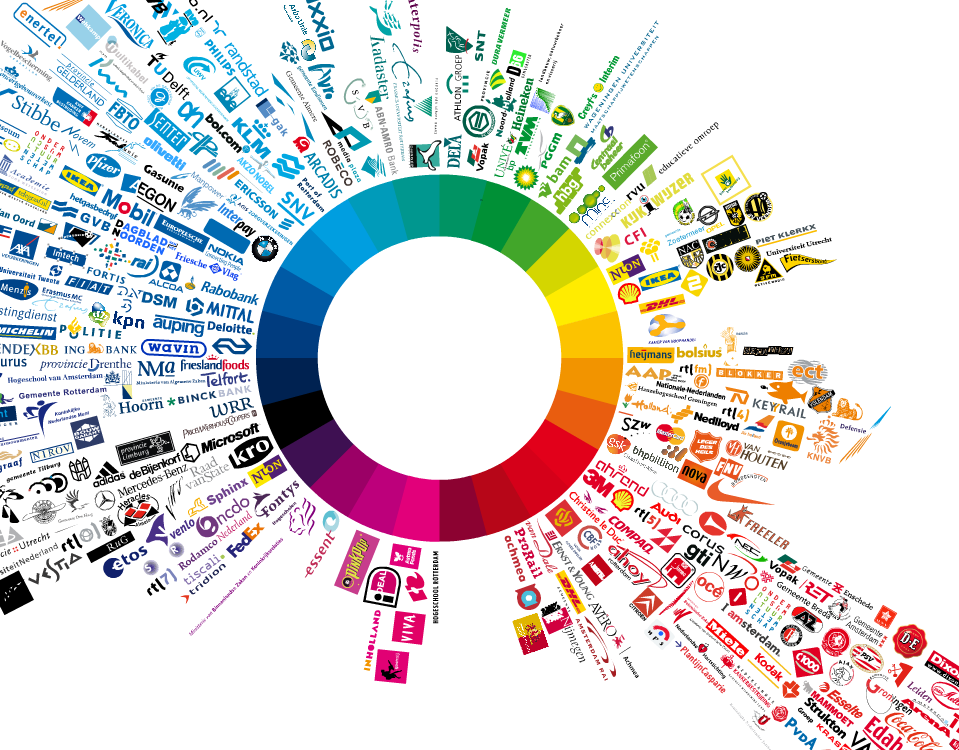
If you have questions about branding or how your business can build and sustain a true competitive advantage, visit us at www.glintadv.com or call 817-616-0320 to learn how Glint can help you today. From large scale real estate developments, to hospitals, retail stores and credit unions, Glint has been helping clients define, refine and hone their brand strategy and imagery for over 17 years.
Thinking vs Feeling: Psychology of Advertising
Advertising has shaped our society. It has become part of the global culture and is deeply ingrained in our society. It’s the pretty pictures of happy families next to housing developments. It’s our favorite celebrities using new beauty products. We see household names selling cleaning products or food. Advertising is everywhere, and it is a large industry.
We might not know it, but the average American is exposed to a large number of commercials from various mediums in 24 hours. This includes radio, television, social media and print ads.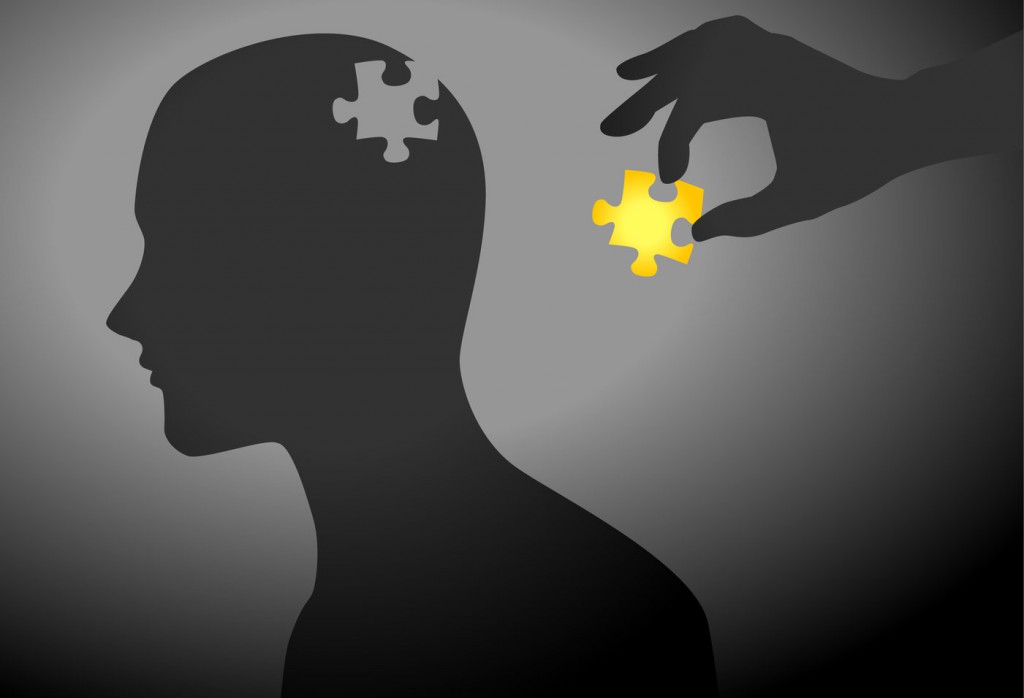 If you use your phone a lot, it’s the ads that pop up when we browse through merchant stores and while we wait for a picture to load in a photography application. Since we are exposed to so much advertising, how do advertisers and marketers make sure their ads stand out?
If you use your phone a lot, it’s the ads that pop up when we browse through merchant stores and while we wait for a picture to load in a photography application. Since we are exposed to so much advertising, how do advertisers and marketers make sure their ads stand out?
Add This Infographic to Your Site
<p><a href="https://appliedpsychologydegree.usc.edu/blog/thinking-vs-feeling-the-psychology-of-advertising/" rel="noreferrer" target="_blank"><img src="https://s3.amazonaws.com/utep-uploads/wp-content/uploads/uscmsap/2018/07/13111914/Psychology-of-Advertising.jpg" alt="Thinking vs Feeling: The Psychology of Advertising Infographic" /></a></p><p><a href="https://appliedpsychologydegree.usc.edu" rel="noreferrer" target="_blank">University of Southern California </a></p>
The Number of Ads We See
In the 1970’s, people were exposed to about 500 ads per day. At present, people see roughly 5,000 ads per day. There are 5.3 trillion display ads shown online every year. On average, children see 20,000 thirty-second commercials each year. Adults see an average of 2 million of those on a yearly basis.
There are 5.3 trillion display ads shown online every year. On average, children see 20,000 thirty-second commercials each year. Adults see an average of 2 million of those on a yearly basis.
Advertisers and marketers know that people readily respond when they find anything enjoyable, noteworthy or interesting. They use that to make their brands popular. They target ads campaigns based on that. It may be an interesting image, music, a story or the brand itself that catches the eye of a person. A good advertising firm will be able to identify viral content and use it in their ads.
Emotion over Rational Content
Ads are geared towards both thinking and feeling. However, feeling seems to rank higher. Based on advertising campaign performance, 31% of ads with emotional pull succeeded versus the 16% success of ads that focused on rational content.
Ads that trigger sentiments do so using different themes. However, pride, love, achievement, man’s empathy, friendships, loneliness or memories perform best.
Emotional response to an advertisement, rather than the ad’s actual content, produces great influence on the intent of a consumer to buy a product. Likeability is the most predictive measure that can help ascertain if an advertisement will increase the sales of a brand.
Color Impact
We are all aware that color can evoke certain feelings in a person. This is why it is used heavily in sales and branding.
Color plays a strong role in conversion as well. Studies show that changing the call-to-action button of an online ad from light green to yellow can increase conversion rates by 14.5%. A colored border around a Facebook ad image can also double the click-through rate.
Color contrast helps too. Research has shown that contrasting colors of two links within a single image can increase the conversion rate by 60%.
Two Types of Emotive Responses
There are two types of emotive responses. Both are used in the industry and have provided astounding results.
The first one is based on empathy. An empathetic response is when a person empathizes with, or feels close to, a brand after seeing an advertisement. This is achieved by showing images such as children, cats, dogs and babies in ads.
The second response is due to creativity. A creative response happens when an ad makes a person feel that the brand is ahead of the game or imaginative — a class all its own. This is achieved by perfecting the tone of the voice-over, proper casting, setting, storyline and even the background music. How the ad is directed plays a major part as well.
To capture the audience, it is important to apply a few key strategies. The advertising firm has to create surprise or joy right away. This will keep viewers involved. Joy and surprise are the best ways to achieve this. It is also important that one builds an emotional rollercoaster, as this will most likely ensure that viewers continue watching a video due to the emotional ups and downs they experience.
Real Advertising Campaigns That Have Been Successful
Unilever’s “Dirt is Good” campaign was successful. They wanted a message that would resonate. Due to intense research, they were able to learn that consumers did not dislike stains and dirt as much as most advertising campaigns imply. They raised the bar by launching a campaign that talked about dirt and stains as a part of their kids’ natural experiences.
Dove’s “Real Beauty” campaign is also another winner. The brand artfully created videos and images that were made to empower women and make them feel good about themselves. They were able to elicit emotional responses that ranged from knowledge, warmth and even happiness from their target demographic. In fact, many of the videos went viral on social media, expanding the brand’s reach.
Coca Cola’s “Happiness Factory” campaign is another powerful example. Over the last few decades, the brand has cultivated a connection between Coke, joy in living and optimism. They were able to send the message by depicting happy friends and families drinking Coke in cheery settings. This constant formula has allowed Coca Cola to arouse the emotions they want from their customers, owing to the prolonged use of the campaign.
They were able to send the message by depicting happy friends and families drinking Coke in cheery settings. This constant formula has allowed Coca Cola to arouse the emotions they want from their customers, owing to the prolonged use of the campaign.
Google’s “Friends Forever” campaign was the most shared ad in 2015. At present, it is considered the most shared ad of all time. Since the ad was launched in February of that same year, Google has amassed 6,432,921 shares on social media platforms like Twitter, Facebook and various places in the blogosphere. They were able to do so by using the emotional attachment that humans feel towards their furry friends; the video featured surprising animal friendships. To this day, the campaign still remains a hit and is still in circulation.
Ads can compel people to want to buy or use certain products and services. The emotional route remains one of the best ways to do so. This form of marketing is a great way for companies to present their brand or culture to their consumers. This is where a company’s likeability grows, as consumers are able to see the personality of the brand.
This is where a company’s likeability grows, as consumers are able to see the personality of the brand.
Psychology of advertising - the impact of advertising on a person
Content
- Method of informing
- Method of Persuasion
- Basic techniques of persuasion
- Method of suggestion
- Purchasing incentive method
- Advertising Performance Levels
- Custom advertising
- Conclusion
The main goal of advertising is to interest the consumer and encourage him to buy the advertised product. But often the potential buyer resists the impact and does not want to make a purchase. How to influence a person in order to induce him to action and not cause irritation? This is where the psychology of advertising comes in.
Advertising psychology is a separate branch of psychology that deals with the substantiation of theoretical and practical ways to improve the efficiency and effectiveness of advertising materials by influencing mental processes and phenomena. Advertising has become an integral part of everyday life , it can be found anywhere: on television, on radio, on the Internet, in newspapers and magazines. Modern cities are fed up with outdoor advertising: billboards, banners, streamers, on transport, advertising on street screens. There are various ways to influence the audience with one goal - the buyer must buy a product or service.
Advertising has become an integral part of everyday life , it can be found anywhere: on television, on radio, on the Internet, in newspapers and magazines. Modern cities are fed up with outdoor advertising: billboards, banners, streamers, on transport, advertising on street screens. There are various ways to influence the audience with one goal - the buyer must buy a product or service.
The main types of psychological influence on a person are information, persuasion, suggestion and motivation.
Information method
The most neutral method of influence. Informing does not have an emotional connotation, does not address the personality of the consumer and does not concern the value system, needs and interests. The main purpose of information is the imprinting of advertising material in the memory. Such methods of influence include announcements in the form of columns in newspapers, magazines, on websites .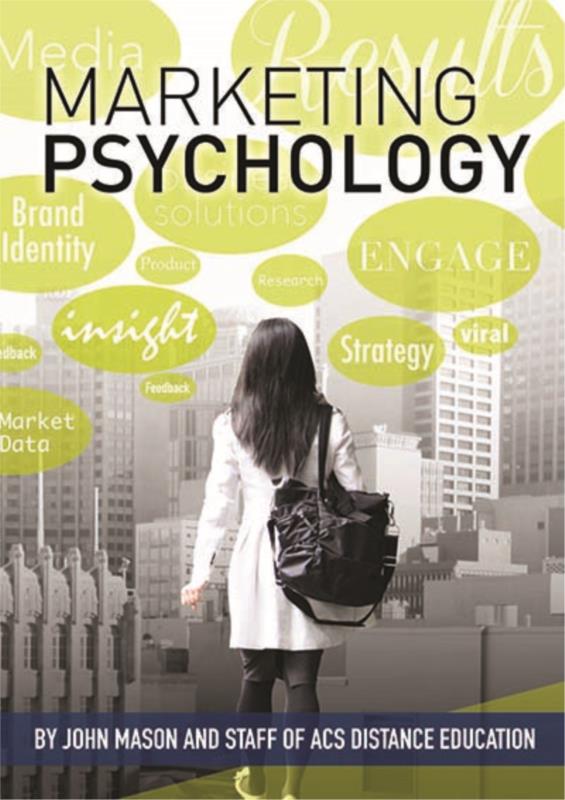 There is information about the sale, supply, demand. The impact of advertising on the psyche of a human consumer with this method is minimal.
There is information about the sale, supply, demand. The impact of advertising on the psyche of a human consumer with this method is minimal.
The method of persuasion
The main method of the psychological impact of advertising on a person is persuasion. The main task is to convince potential buyers of the advantages and uniqueness of the advertised product and the need to purchase it . Persuasive advertising is the most aggressive type of advertising, the main task of which is to form consumer demand for the proposed product.
Still from the film "99 francs" about the advertiser Octave, who rebelled against the advertising system
The main goal is achieved by convincing the buyer of the need, the need to purchase the product with the help of reasoned evidence. The goods are characterized from the best side, distinctive features and opportunities to satisfy the desires of potential buyers are revealed. But the persuasion method works only if the consumer is interested in the product .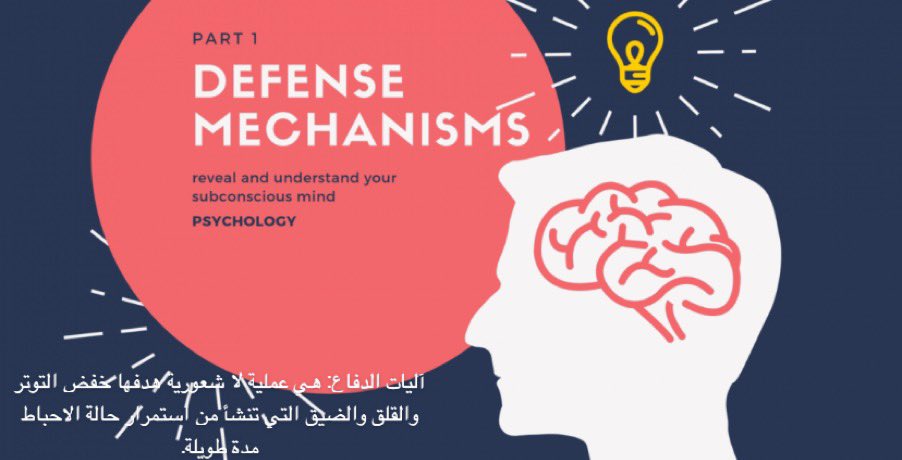 Then it is much easier to convince of the need to purchase this particular product.
Then it is much easier to convince of the need to purchase this particular product.
Basic methods of persuasion
Interests and needs of customers . Quite an efficient way. Often, the main interests, desires, problems of potential consumers are monitored, which later form the basis of the proposal. The main needs of the target audience are included in the slogans of goods and services.
Seeing in an advertisement that a product is capable of solving some human problems, the buyer subconsciously thinks about the need to purchase it.
Newness of advertised product . People are more likely to pay attention to new products, this causes interest. Therefore, in order to attract the attention of buyers, advertisements for already known products highlight new characteristics or properties.
Problem situation . Advertising creates a certain problem situation.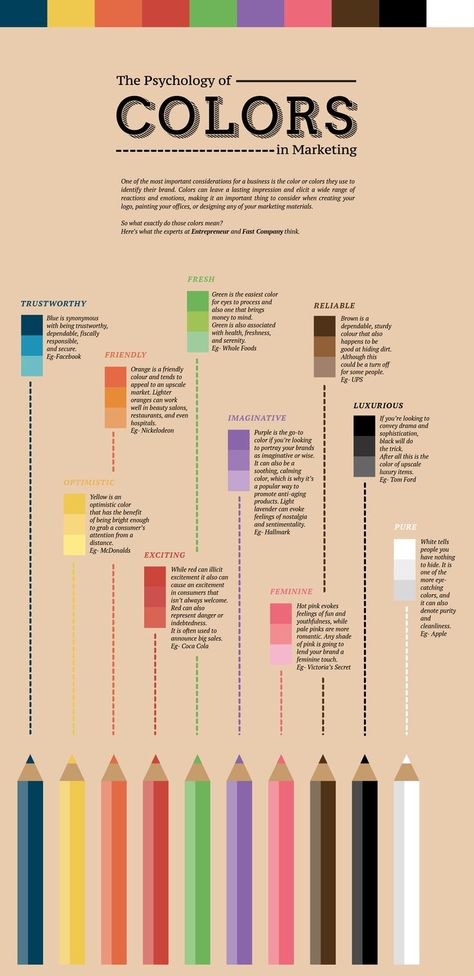 The question of a solution is posed, which arouses interest. This approach encourages thinking about possible ways to solve the problem. And, of course, advertising offers an “ideal” option that will fully satisfy the needs of the consumer.
The question of a solution is posed, which arouses interest. This approach encourages thinking about possible ways to solve the problem. And, of course, advertising offers an “ideal” option that will fully satisfy the needs of the consumer.
Complicity . Most often, this method is used in television advertising. Advertising is addressed to the viewer, appeals are used (you, you), offers to participate, test the product in action and make sure of its effectiveness. Often the advertisement is shot in the form of a report from the scene, which makes the buyer an accomplice of what is happening.
For "advertisers", whose task is to create a well-selling advertisement, in addition to methods of influencing a person, it is important to know special turns of speech that enhance the impact of advertising . One of the most popular turns of speech, which helps to convince of the need for a purchase, is an antithesis. This is a short enough slogan to make it easier to remember, using a contrasting technique that helps to emphasize the benefits of the buyer.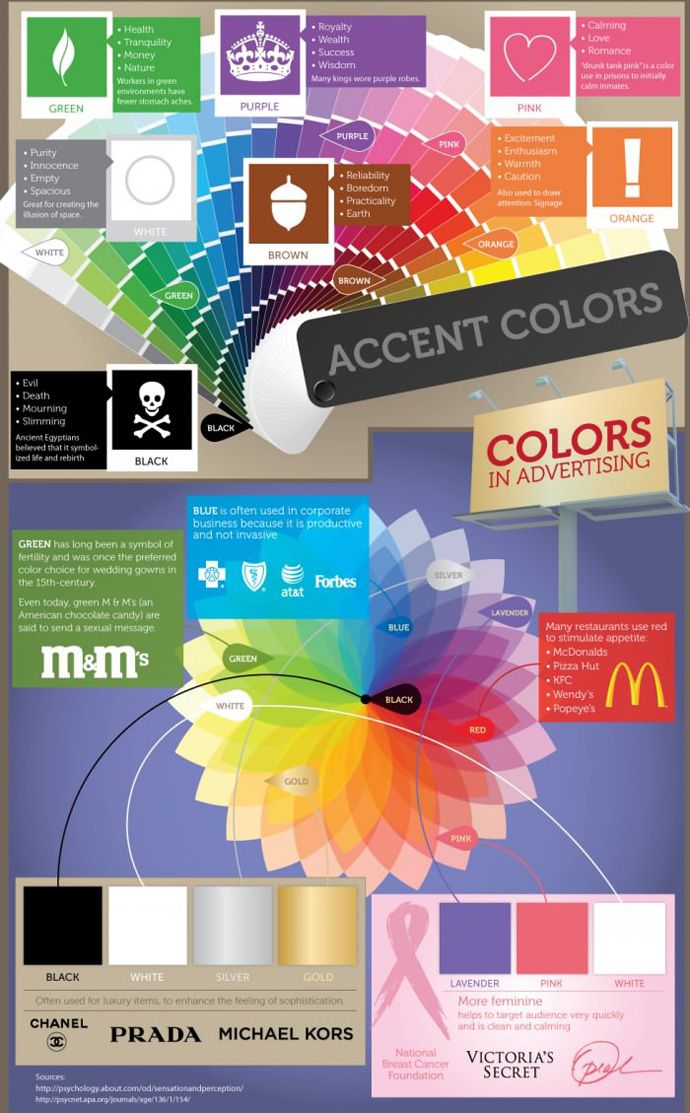 Examples of persuasive advertising :
Examples of persuasive advertising :
We work - you rest ("Indesit")
You love us - we kill you (anti-tobacco advertising)
Kvass - yes, "chemistry" - no! (kvass "Nikola").
Thirst is nothing, image is everything! (drink "Sprite").
Method of suggestion
As a rule, this is a deliberate or unintentional influence of one person on the psyche of another. It can be hidden or with the consent of the suggestible. The main difference is the lack of adequate awareness of the presented information . This method of influencing advertising does not work for all people. Everyone has a different degree of suggestibility, susceptibility and ability to obey.
The higher the level of knowledge of a person, the richer his life experience, competence, the more difficult it is to inspire him with something.
Studies have shown that it is easier to inspire people with a low level of education and young people. Women are more suggestible than men , this is due to the natural characteristics of the female psyche. Suggestion is directed at a person's ability to perceive information without providing facts or evidence.
Women are more suggestible than men , this is due to the natural characteristics of the female psyche. Suggestion is directed at a person's ability to perceive information without providing facts or evidence.
For the successful operation of advertising when creating it, some methods of suggestion are used:
The use of keywords . In advertising, which is aimed at suggestion, specific and figurative keywords are used. They must be understandable so that when they are pronounced, a clear picture emerges in the mind of a person. All this greatly increases the power of suggestion. But abstract phrases can confuse or even remain incomprehensible to the consumer.
Use of epithets . When describing goods, qualitative adjectives are used that characterize the product from the best side, which forms a positive attitude towards the advertising product in the consumer.
No negative particles . At the psychological level, particles “not” or “no” repel a person, cause suspicion and doubt. To inspire the buyer with the need to buy, you should instill confidence and hope for a good result. Any negative statement can be turned into a positive one . For example, "you don't want to be sick" should be replaced with "you want to be healthy".
To inspire the buyer with the need to buy, you should instill confidence and hope for a good result. Any negative statement can be turned into a positive one . For example, "you don't want to be sick" should be replaced with "you want to be healthy".
Certain speech dynamics . One of the most important advertising techniques. Increase the impact can:
the power of the voice;
lightness;
all kinds of intonations;
speech pauses;
special tone;
speech rate.
A shot from the film "99 francs" about the advertiser Octave, who rebelled against the advertising system
A high rate of speech is an indicator of intelligence, and, therefore, attracts listeners. But we should not forget that a person must understand it and perceive what they are trying to convey to him. According to psychologists, a person perceives a low male voice better .
The method of inducing to buy
All the methods and methods of psychological impact of advertising on the consumer ultimately boil down to one thing: inducing a person to buy.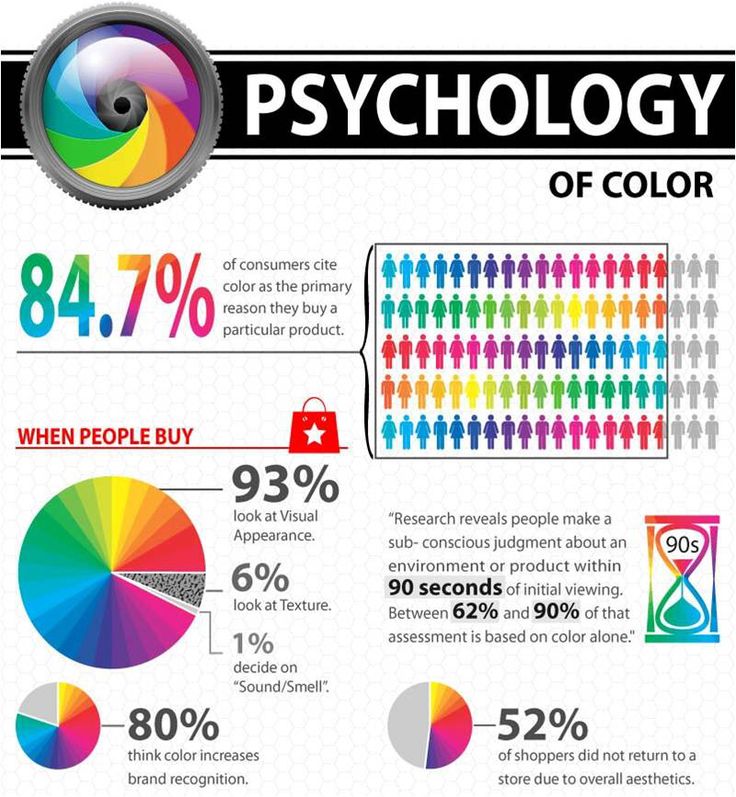 The purpose of this method is to cause the desired reaction to the advertised product or service, which will ultimately encourage the buyer to purchase the product. Since the purpose of this type of advertising is to attract customers and purchase, it uses a clear message for the consumer in the form of an inciting slogan.
The purpose of this method is to cause the desired reaction to the advertised product or service, which will ultimately encourage the buyer to purchase the product. Since the purpose of this type of advertising is to attract customers and purchase, it uses a clear message for the consumer in the form of an inciting slogan.
Some people develop resistance to advertising over time. But advertising experts have foreseen this phenomenon. Special impact techniques have been developed for such an audience.
Command substitution method is applied. For example, if earlier there was a command - "buy", now - "everyone buys, people buy", etc.
Creates the illusion of selecting . The buyer is invited to choose from several modifications of one product, which in any case is beneficial to the manufacturer.
Command contained in question . Instead of directly voicing a command, questions are used to prompt action.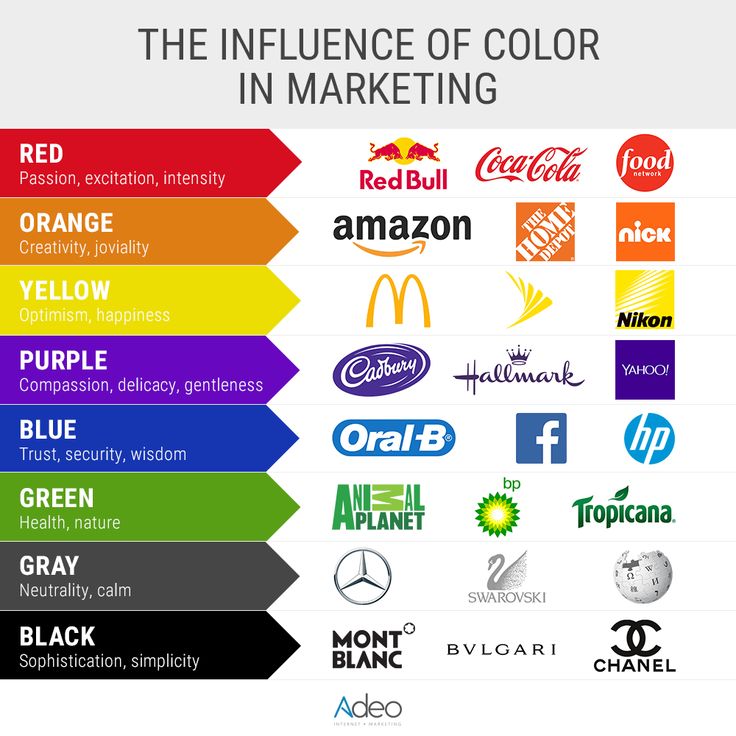 They do not give an answer, but hide the command.
They do not give an answer, but hide the command.
Attracting popular personalities to advertise the product . A well-known publicity stunt. Some celebrities advertise all sorts of products. Artists, athletes, singers project their success onto the advertising product. This is aimed at a wide audience of fans. They want to imitate idols. The choice of a popular person cannot be wrong, so the buyer does not need to think. Buying a product, the consumer will feel on the same level with the star.
There are also phrases and even individual words that encourage purchase. For example:
“The offer is valid only until ...”
“There are left before the end of the promotion ...”
“... and you will receive as a gift ...”
“The number of places (goods) is limited”
“Order the goods right now and get a discount (gift, promotional code etc.)
"Money Back Guarantee"
Advertising specialists always make sure that it becomes effective. Choosing any form of advertising, they try to psychologically influence a person. High-quality advertising brings aesthetic satisfaction, causes positive emotions. It should be memorable and easy to understand for the target audience.
Choosing any form of advertising, they try to psychologically influence a person. High-quality advertising brings aesthetic satisfaction, causes positive emotions. It should be memorable and easy to understand for the target audience.
When all approaches are used correctly, advertising will be able to encourage the consumer to purchase the advertised product.
The ability of advertising to lead to the desired result can be judged by psychological effectiveness. The psychological productivity of advertising allows you to understand how buyers perceive the product or service offered to them.
Advertising performance levels
First level of advertising psychological effectiveness . Potential buyers are unwilling to purchase an advertising product. There is a desire to get rid of the obsessive influence. Ignore commercials, ads in print media. In such cases, manifestation of negative feelings is possible: hostility, indignation, discontent, irritation.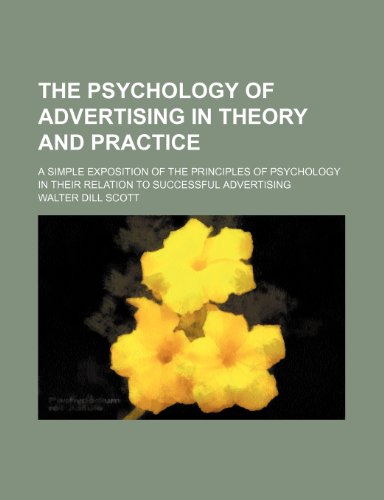
The second level of advertising effectiveness . Potential buyers remain indifferent to product advertising, it does not cause absolutely no emotions. The consumer does not want to buy a product, use a service, and often does not even remember what was advertised. He is not interested.
The third level of psychological effectiveness . There is already interest here. Product advertising generates curiosity and attracts attention. An interested viewer highlights only the plot of the video, but not the product itself. He has no desire to buy the proposed product or service. Advertising exists separately from the object. The buyer does not associate advertising with the product.
Fourth efficiency level . Advertising is interesting and attracts the attention of the viewer. In this case, the potential buyer remembers the plot of the video and the product itself, which is advertised. The consumer thinks about making a purchase of a product, but is not ready for a momentary purchase.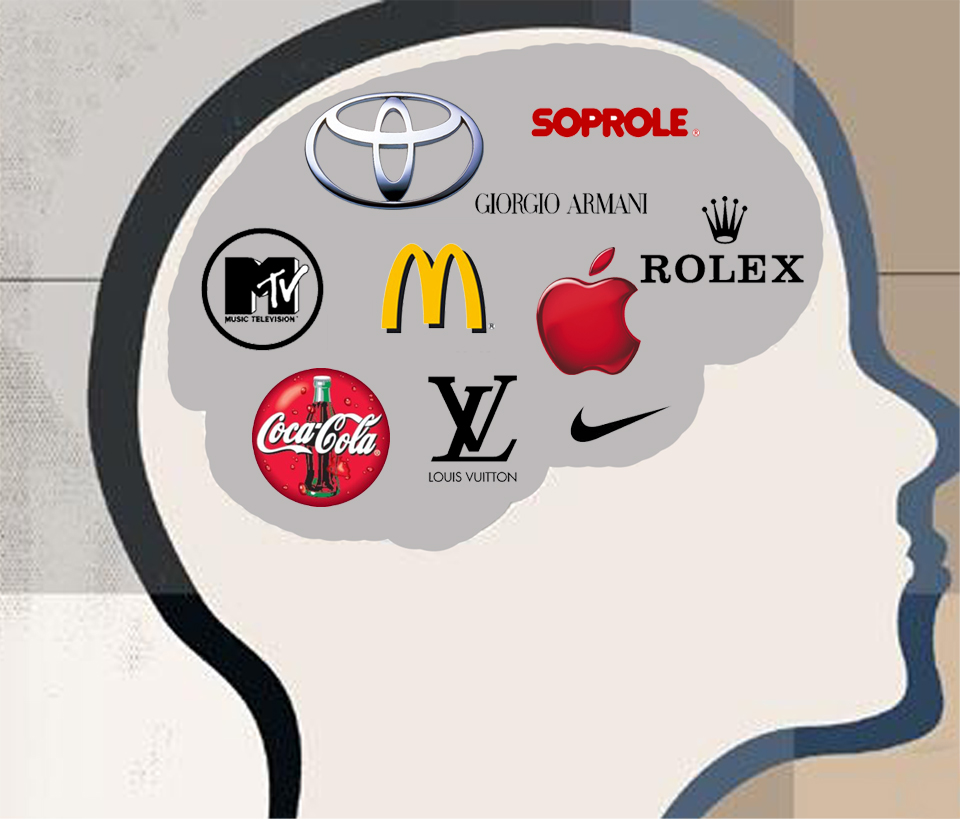 He needs to think and perhaps the result will be positive and advertising will effectively fulfill its function.
He needs to think and perhaps the result will be positive and advertising will effectively fulfill its function.
The fifth level of psychological effectiveness of advertising . Advertising is of great interest to potential buyers. When viewing, representatives of the target audience experience pleasant emotions, they pay attention not only to the plot, but also to the product. There is a desire and desire, no matter what, to purchase the advertised product or use the proposed service.
Non-standard advertising
In recent years, advertising has become an extremely popular phenomenon in the world, so it is not surprising that new types and forms of advertising appear every year. In particular, viral advertising and non-traditional advertising media are very popular. Viral videos at a low cost can bring unheard-of popularity to and the desire to buy a product or service from the right target audience. Among non-traditional advertising media, you can find anything - from trees and benches to people! Advertising in public, as a phenomenon, has existed for a long time, but only in the modern world can it sometimes “shoot” better than multi-million dollar advertising on TV.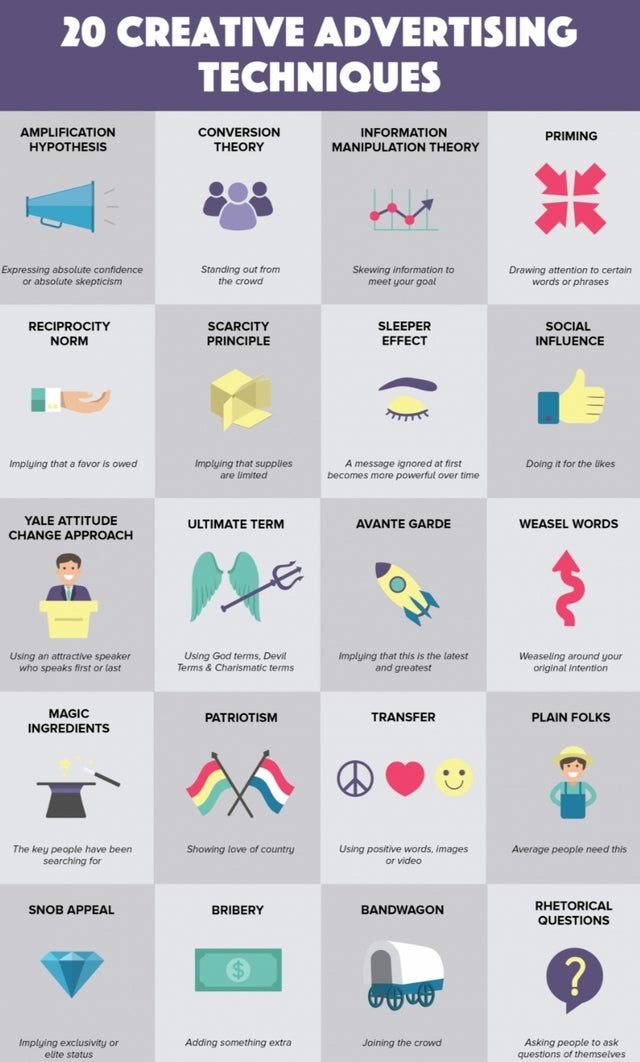 Firstly, due to its originality and creative approach of the creators. The most popular and effective advertising in public is advertising on clothing and body art.
Firstly, due to its originality and creative approach of the creators. The most popular and effective advertising in public is advertising on clothing and body art.
A still from the film "99 francs" about the advertiser Octave, who rebelled against the advertising system
Conclusion
In recent years, special programs and courses in advertising psychology have been created to improve the skills of specialists in this field . Each specialist wants to ensure that advertising meets the fifth level of psychological productivity and fully fulfills its tasks. After all, the main thing is the end result and positive emotions of the consumer.
Advertising psychology
Use search to find scientific papers and collect bibliography
Database of reference articles includes articles written by experts Author24, articles from scientific journals and examples of student papers from various universities of the country
Content of the article
1. Basic concepts of advertising psychology
2. Psychological impact in advertising
3. Methods of influence in video advertising
Basic concepts of advertising psychology
Definition 1
Advertising is a system of measures aimed at influencing the consumer, promoting goods on the market.
Advertising works where there is exchange, where commodity relations exist, where there is competition, and where each commodity producer fights for his buyer in the market.
Today, the psychology of advertising is gaining momentum more and more. This is primarily due to the practical side of the action of advertising. Advertising is created so that the consumer pays attention not only to the product, but to make a purchase. This is done so that information about the product and its quality is deposited in the mind of a person. For this, various methods of influencing the human psyche are being developed and applied. Moreover, both on the conscious and on the unconscious side of it.
Advertising has a strong impact on the consumer. The more internal correspondence it has to the commercial, the greater the opportunity to accept new information for them. If the consumer is not ready, he refuses to trust the information that is imposed on him, or blocks it. Advertising cannot have a universal impact on all consumers at the same time. The impact occurs differently on each consumer, and different types of advertising are used for this.
Cognitive factors that influence human psychology are: (see Fig. 1)
Psychological impact in advertising
The main components that must be considered in any advertisement are:
-
Drawing attention . Attention can be voluntary or involuntary. The attention of the opponent must be kept, and this can be done if there is a colorful plot, a beautiful picture. The product itself should be in the foreground, and only then humor, color, plot.
-
Creating and maintaining interest .
This is another step in the impact of advertising on a person. The main goal is to create certain conditions for the "perfect purchase". It is necessary to make the consumer feel that he needs this product right now. In order for the desire to appear, it is necessary to show the possibilities that you will have after purchasing the product.
-
Action . This stage is ideal for making a mental purchase that can be translated into reality. This method contributes to the feeling of satisfaction from the perfect purchase.
In the psychology of advertising, the following methods of influencing the psyche of buyers are distinguished:
- Hypnosis.
- Suggestion.
- Imitation.
- Persuasion.
Methods of influence in video advertising
In commercials, as well as in printed publications, methods of influencing the human psyche are used. The following methods of influence are found in commercials:
-
The assertiveness of the statement.
The method is based on the application of statements that are presented to the consumer as a fact, and at the same time it is implied that these facts are obvious and do not require any proof.
-
Selective selection of information. This method is based on proven facts that are beneficial to the advertiser.
-
The use of "slogans". This is the most commonly used method. In advertising, mottos, slogans, "slogans" are often used. This helps to focus the consumer's attention on the main features of the product.
-
Creating contrast. The main objective of this method is to demonstrate a product that is different from another. The main focus is on emotional perception.
-
Problem-solution. This method works effectively when using the above methods. The emphasis is not on meeting the needs of the buyer, but on solving the problems that arise.
Definition 2
From all this we can conclude that video advertising has different effects on the human psyche.


